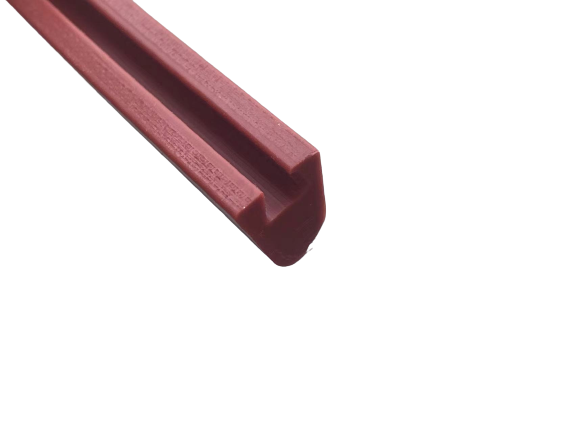Oct . 13, 2024 16:10 Back to list
d-type ship anti-collision sealing strip products
Understanding D-Type Ship Anti-Collision Sealing Strip Products
In the ever-evolving maritime industry, safety and efficiency are paramount. One of the critical components contributing to the safety of vessels during docking and navigation is the anti-collision sealing strip. Among the various types of sealing strips available, the D-type ship anti-collision sealing strip has emerged as an effective solution for minimizing the impact of collisions and enhancing the overall durability of ships.
What is a D-Type Anti-Collision Sealing Strip?
The D-type anti-collision sealing strip is designed primarily to absorb shocks and impacts that occur between ships and other structures, such as docks or berths. The “D” designation refers to the strip's unique cross-sectional shape, resembling a capital D. This design not only provides excellent cushioning but also offers a larger surface area that can distribute the impact force more evenly, thereby reducing damage to both the vessel and the infrastructure it interacts with.
Typically made from high-quality rubber materials, these sealing strips incorporate properties that resist wear, weathering, and UV degradation. They are engineered to withstand harsh marine environments, ensuring that they remain reliable over extended periods, even under challenging conditions.
Applications of D-Type Anti-Collision Sealing Strips
The D-type sealing strips find applications in various marine environments. Their primary uses include
1. Berthing and Docking Areas When vessels berth at docks, the potential for collisions increases. D-type sealing strips are installed along the edges of docks and piers to provide cushioning against impacts, thus minimizing the likelihood of damage to both the ship and dock infrastructure.
2. Floating Docks and Marinas Floating docks frequently experience movement due to wind and water currents. D-type sealing strips help mitigate the impact forces when vessels come into contact with these structures, ensuring a smoother interface that protects boat hulls.
3. Ship-to-Ship Transfers In scenarios where ships transfer cargo or passengers while alongside one another, the risk of collision is significant. Installing D-type sealing strips on the sides of vessels helps absorb shocks, protecting both vessels during these operations.
d-type ship anti-collision sealing strip products

4. Tugboats and Barges Tugboats that assist in maneuvering barges or other vessels can generate significant forces. D-type sealing strips are essential in these areas to cushion impacts and protect both the tug and the towed vessel.
Advantages of Using D-Type Anti-Collision Sealing Strips
The adoption of D-type anti-collision sealing strips offers numerous advantages
- Enhanced Protection By reducing the force and damage associated with collisions, these sealing strips fundamentally enhance the longevity of both ships and docking facilities.
- Cost-Effectiveness Investing in D-type sealing strips can lead to reduced repair costs over time. With less damage occurring to ships and docking infrastructure, maintenance and repair expenses diminish significantly.
- Easy Installation D-type sealing strips are generally easy to install, making them a practical choice for shipbuilding companies and port operators. The versatility of these strips allows them to be adapted to different sizes and shapes of vessels and docking structures.
- Environmental Resistance Made from durable materials, D-type sealing strips are resistant to marine elements such as saltwater, ultraviolet radiation, and extreme temperatures, ensuring they perform effectively over their lifecycle.
Conclusion
As the maritime industry continues to grow, the need for effective safety measures becomes increasingly important. The D-type ship anti-collision sealing strip represents a reliable solution to manage and mitigate the risks associated with ship collisions. With their energy-absorbing capabilities and robust construction, these sealing strips are an integral component of modern marine safety systems. By protecting vessels and infrastructures from potential damage, they contribute significantly to the operational efficiency and safety of maritime operations. Investing in quality anti-collision sealing strips not only safeguards assets but also promotes a culture of safety in the maritime realm. As such, choosing the right sealing solutions can have far-reaching implications for both financial sustainability and operational efficacy in the high-stakes world of maritime navigation.
Next:
Prev:




